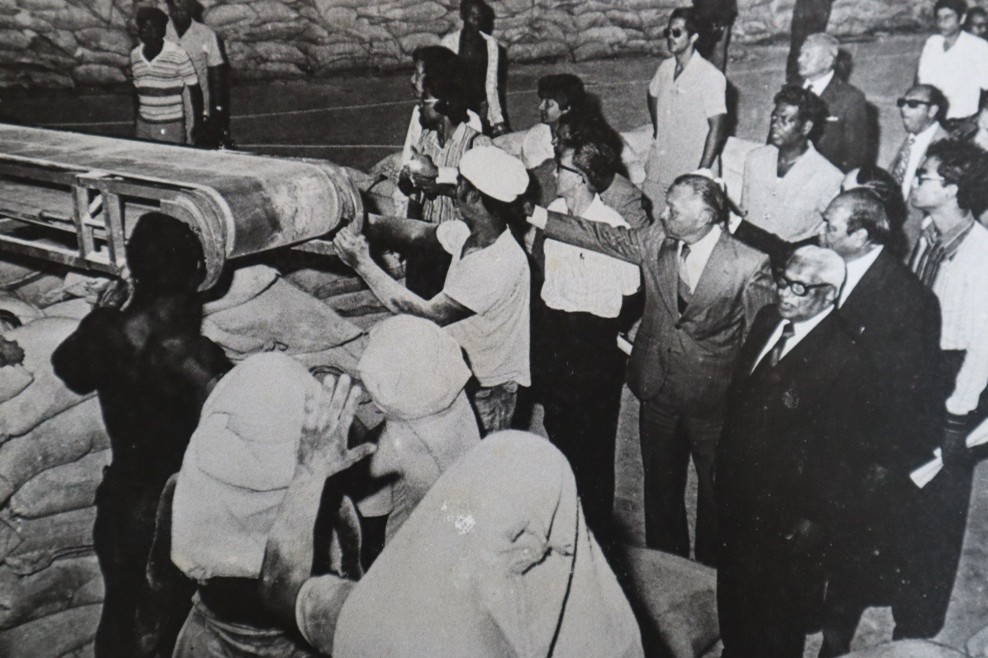
Fig 6. Sir Seewoosagur Ramgoolam inaugurating the Bulk Sugar Terminal in
Port Louis harbor in 1980, which served as a major lifeline for the country’s economy.
(Source: GIS)
At independence in 1968, Mauritius depended almost entirely on sugar exports, with over 90% of its foreign earnings tied to one crop. Sir Seewoosagur Ramgoolam knew this was unsustainable. Working with experts from the IMF and World Bank, he launched policies to diversify the economy while preserving social protections.
The creation of the Export Processing Zone in the 1970s attracted foreign investment in textiles and manufacturing. Over time, tourism, financial services, and information technology became pillars of the Mauritian economy. He also built a modern port, airport, road network, government buildings, low-cost housing, and other important public infrastructure.
Unlike many countries where external economic reforms brought instability, Mauritius integrated them pragmatically, balancing growth with welfare. By the 1990s, Mauritius had transformed from a “sugar island” into a diversified economy with thriving textile factories, a flourishing tourism industry, and an expanding financial services sector. Today, services account for over seventy per cent of the economy, including banking, information technology, and higher education.
